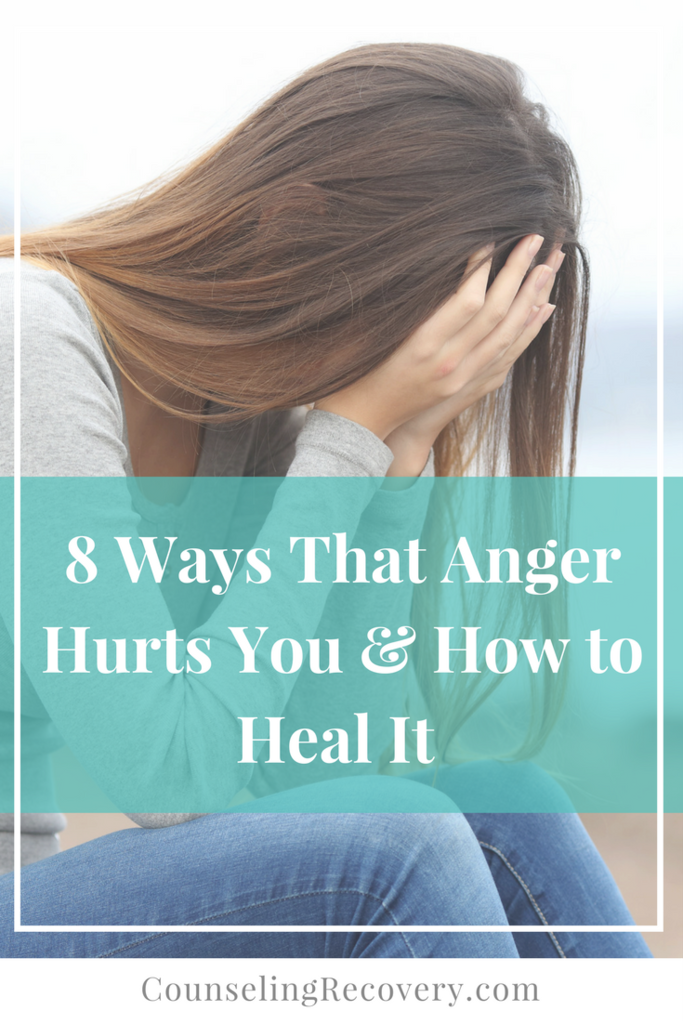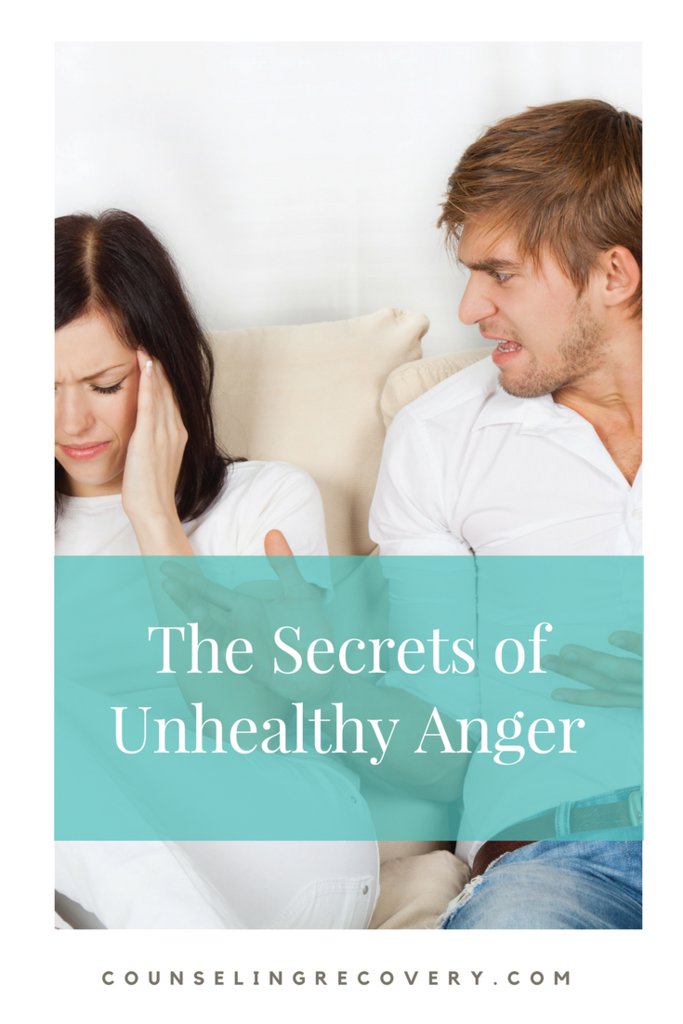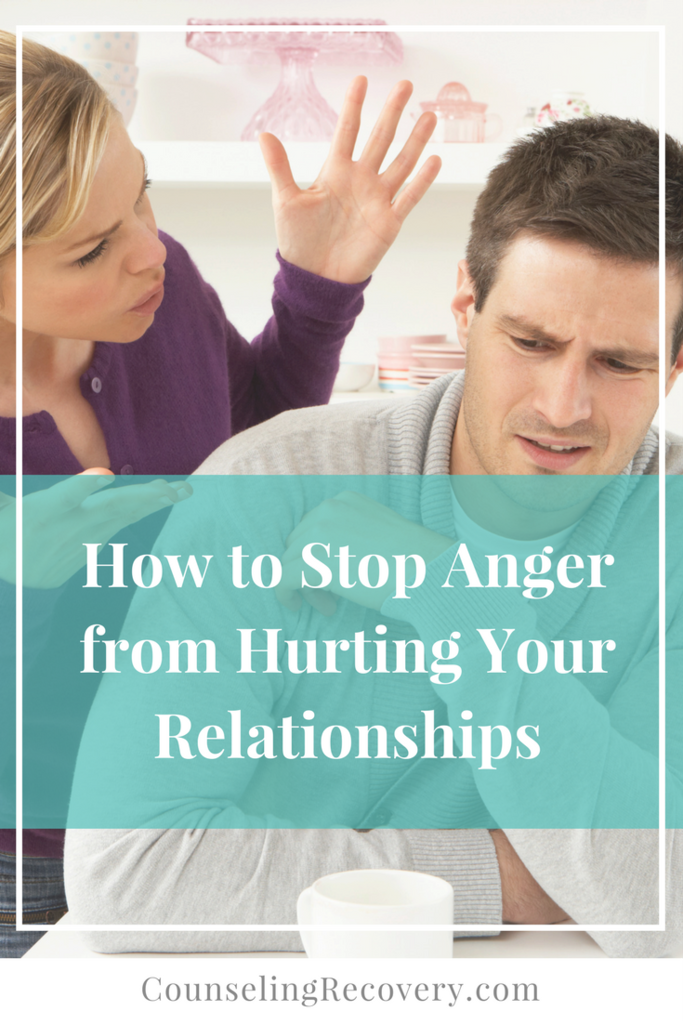The Secrets of Unhealthy Anger
Anger makes people nervous.
You never know what's going to happen. There could be screaming, hitting, throwing things, or mean, sarcastic comments that really hurt. Anger is unpredictable which is why it's so scary.
When someone can't contain their anger, you don't feel safe.
Signs of unhealthy anger are everywhere; at work, in schools, even at home. Just walking down the street you've probably seen someone losing it.
This blog shows you eight ways to spot unhealthy anger so you can recognize what doesn’t work - and learn behaviors that do.
Unhealthy Anger Is the Norm
There are very few examples of healthy anger. That's why I'm writing this. Recognizing the cost of unhealthy anger can motivate you to change it.
1. Stuffing Anger Causes Resentment
If you think holding anger in is better than expressing it, think again!
Unexpressed anger leads to resentments and stress that increases over time. Studies have shown that stuffing anger is a major contributor in getting sick. Headaches, increased blood pressure and anxiety have been linked to unhealthy expressions of anger.
Tip: Find ways to acknowledge your feelings early before they grow into rage or resentment.
2. Exploding Anger Destroys Trust
Managing anger and how unhealthy anger hurts
With this type of anger you live in fear because you never know what's coming. Intense blaming, defensiveness, verbal attacks and increased physical activity are all signs that indicate a rage is coming.
Tip: Don't try to calm the raging person down. Get out as quietly as you can. Have an extra set of keys handy. It's more important to be safe than to be helpful or right.
4. Screaming or Any Sign of Physical Anger
When anger gets physical, it can provoke intense fear or the need to retaliate. It becomes a battle of wills and "fighting for what you deserve." This is NOT a safe plan. Don't poke the bear, your life may depend on it.
Tip: Create a safety plan that includes a packed bag, extra keys, and a place to stay if you're feeling unsafe.
For more information call The National Hotline for Domestic Violence.
5. The Silent Treatment
Giving someone the silent treatment is a way to punish without addressing the problem directly. This destroys any chance of resolution.
Tension increases because you'd rather punish than admit fault or openly talk things out.
Tip: Be willing to change the pattern. Being the first one to speak doesn’t mean you lose - it means the relationship can win.
6. Using Time-outs
Leaving for hours is not the same as taking a planned time-out. Trust gets broken when you leave without saying a word. An effective time-out can increase trust and self-esteem.
To read more on time-outs read Managing Anger With Time-out.
7. Blame Invites More of the Same
When you blame, people get defensive and emotions escalate fast.
When you focus on "who gets the last word" it never ends well. It becomes a game of “tag you’re it” that prevents resolution.
To avoid that read my blog on One Word That Hurts Relationships.
8. Ignoring Early Warning Signs
Ignoring the early signs of anger (or stress) is the number one factor that contributes to losing control.
Paying attention to how you feel throughout the day - not just once in awhile - keeps emotions in check.
Anger can push you to your limit. There are no courses in school on how to manage anger but if you think it's time to look at your anger, I’ve created a free course to help you transform unhealthy anger.





